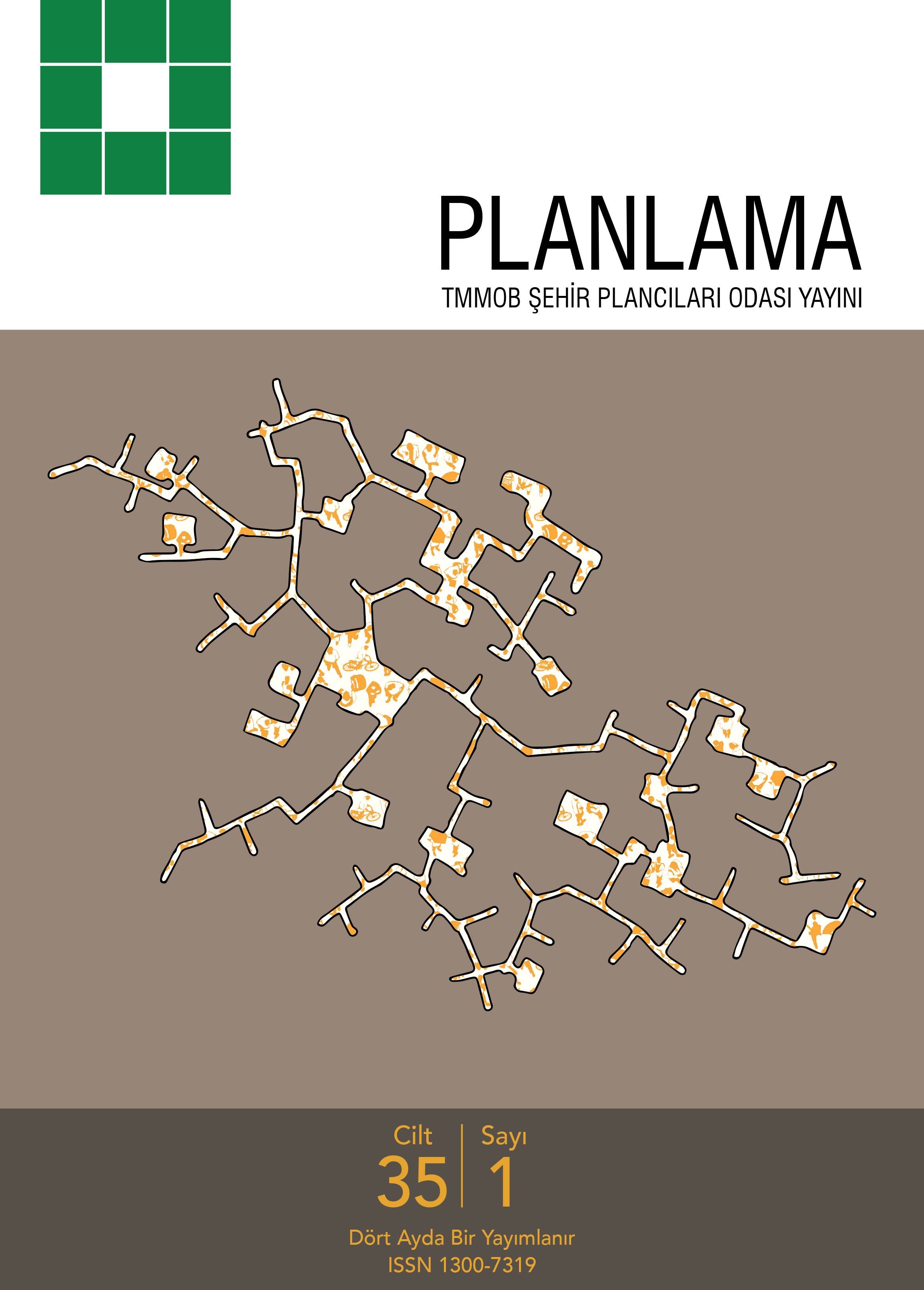Commercial Functions Changes of Bursa Historical City Centre in the 16th Century and Today
Ayşegül Keleş EriçokDepartment Of City And Regional Planning, Yüzüncü Yıl University, Van, TurkeyUrban space acquires different features over time through the changes in its social and economic characteristics and production and consumption structure. Urban centres and their environs are the spaces where these changes and transformations could be observed most clearly (Gökçe 2005, 73). Spaces in historical cities are shaped by the choices made in accordance with the requirements of the social and economic conditions of the era that they represent. In other words, these spaces are shaped by the choice regarding what function should be together or separate, which is related to the economic function of the city during that period. Historic commercial centres are subject to continuous change and transformation due to the changing socio-economic and cultural structure and relations of production and consumption. Organized within a traditional structure, these spaces have survived until today with their altering meanings and different identities as well as the restructuration they went through because of the socio-economic transformation processes. Besides, they are not only shopping areas or consumption spaces but also urban areas with a traditional style of manufacture and crafts. In this study, spatial change of commercial functions is reviewed in two time periods: in the 16th century, when the historical commercial centre completed its formation, and at the present time in Bursa Historical City Centre.
Keywords: Historical City Centre, Commercial Functions, Spatial Changes, Land Use, BursaBursa Tarihi Ticaret Merkezinde 16. Yüzyıldan Günümüze Ticari Fonksiyonların Değişimi
Ayşegül Keleş EriçokYüzüncü Yıl Üniversitesi, Şehir Ve Bölge Planlama Ana Bilim Dalı, VanKentsel mekân; sosyal ve ekonomik özellikleriyle, üretim ve tüketim yapısı ile zaman içinde değişim göstererek farklı özellikler kazanmaktadır. Bu değişim ve dönüşümlerin en belirgin olarak gözlemlenebildiği mekânlar ise kent merkezleri ve yakın çevreleridir. Tarihi kentlerde eski mekanların oluşumu, temsil ettikleri dönemin toplumsal ve ekonomik koşullarının gereklerine göre yapılan tercihlerle oluşmuştur. Başka bir deyişle neyin ne ile birlikte yada ayrı olması gereğine göre biçimlenmiştir. Bu durum kentin o dönemde yüklendiği ekonomik işlevle ilgilidir. Tarihsel süreçte değişen sosyo-ekonomik ve kültürel yapı ve farklılaşan üretim-tüketim ilişkiler nedeniyle tarihi ticaret merkezlerinde sürekli bir değişim ve dönüşüm yaşanmaktadır. Bu mekânlar geleneksel bir düzene göre örgütlenmiş, değişen anlamları ve farklı kimlikleri ile ve ayrıca sosyo-ekonomik dönüşüm süreçlerinin etkisiyle yeniden biçimlenerek çağımıza ulaşmış alanlardır. Ayrıca söz konusu mekanlar sadece alışverişin ya da tüketimin gerçekleştiği alan değil, geleneksel tarzda üretimin ve zanaatın var olduğu bir kent mekanı niteliği taşımaktadır. Bu çalışmada Bursa Tarihi Ticaret Merkezinde Ticaret fonksiyonlarının mekânsal değişimi, tarihi ticaret merkezinin oluşumunu tamamladığı 16. Yy da ve günümüzde olmak üzere iki ayrı kesitte incelenmiştir.
Anahtar Kelimeler: Tarihi Ticaret Merkezi, Ticari Fonksiyonlar, Mekansal Değişim, Arazi Kullanımı, BursaManuscript Language: Turkish













